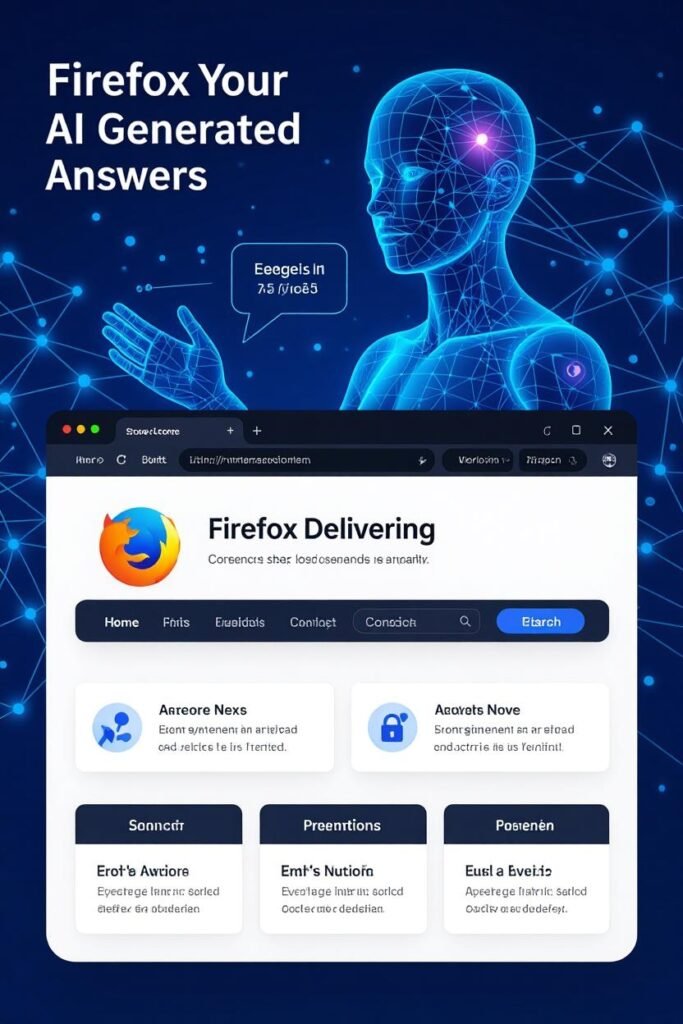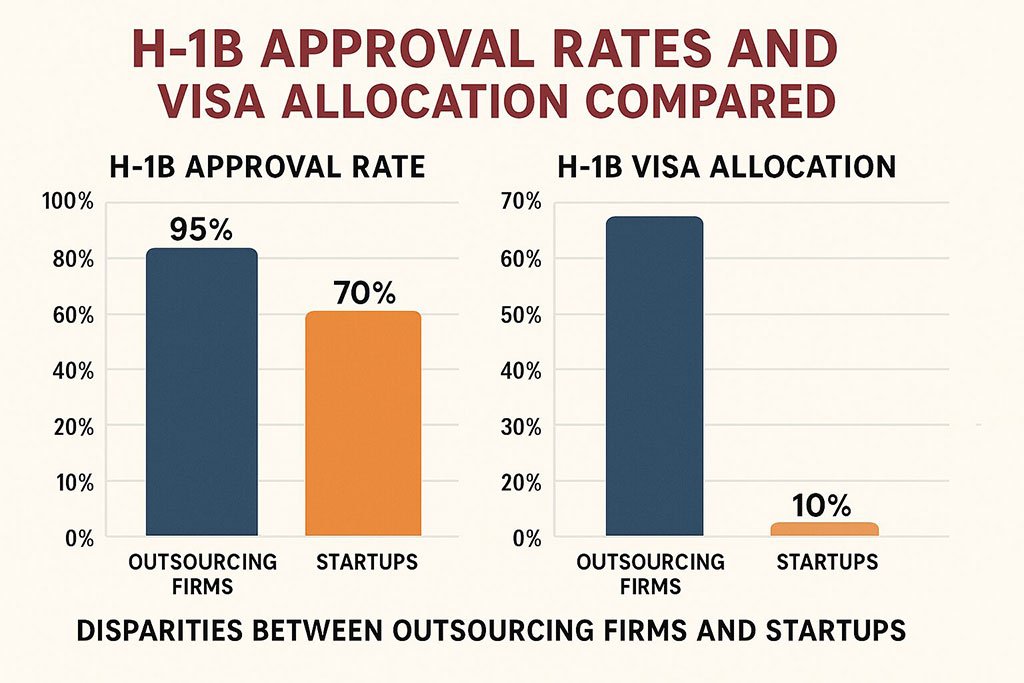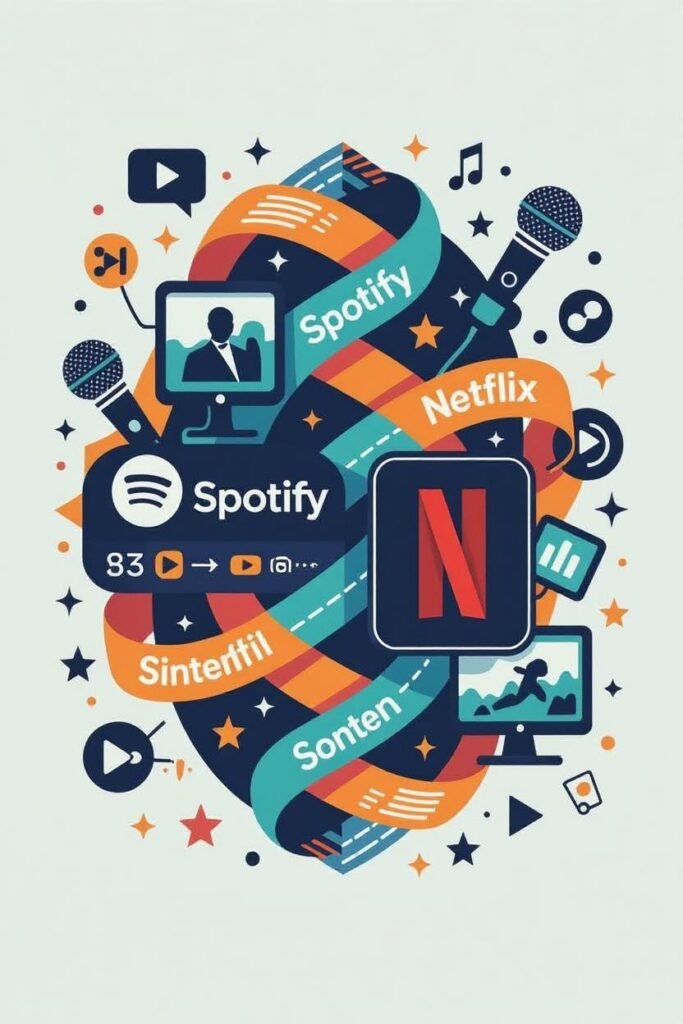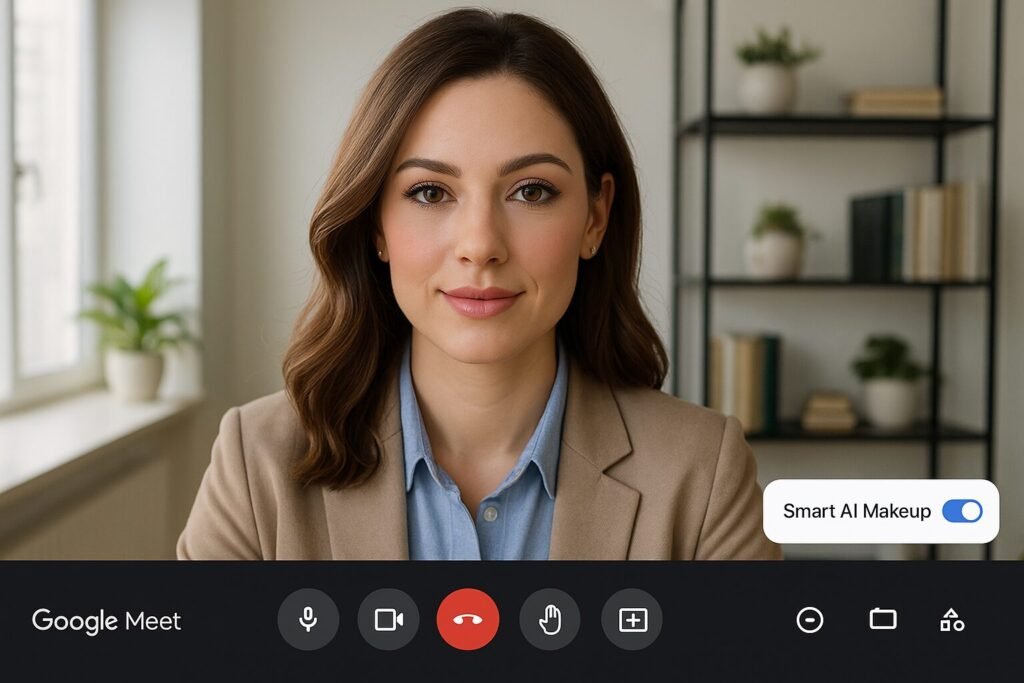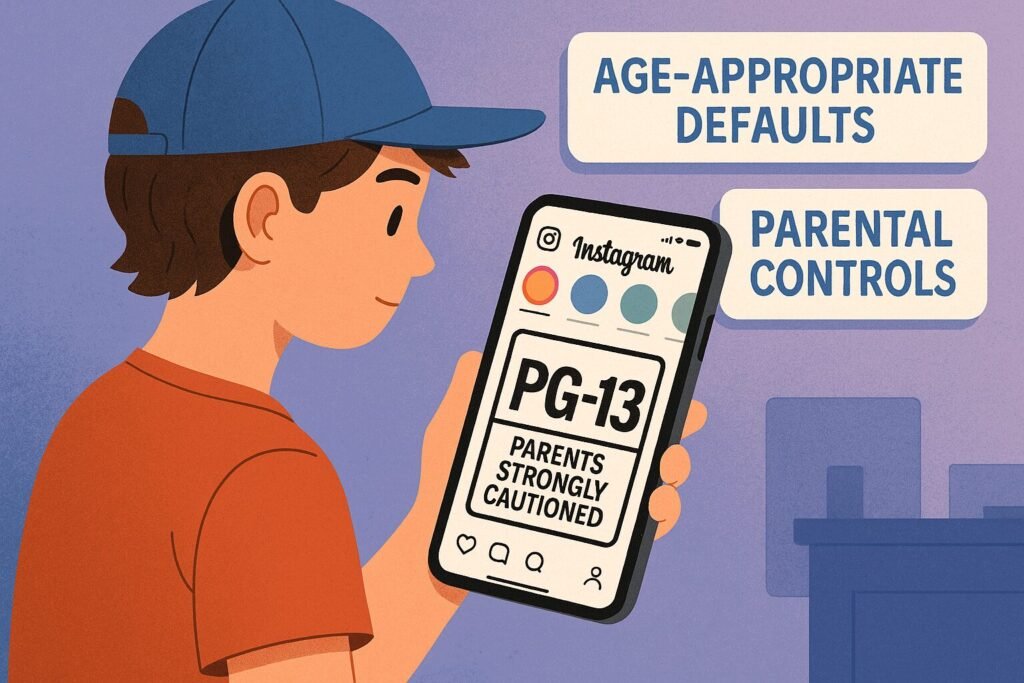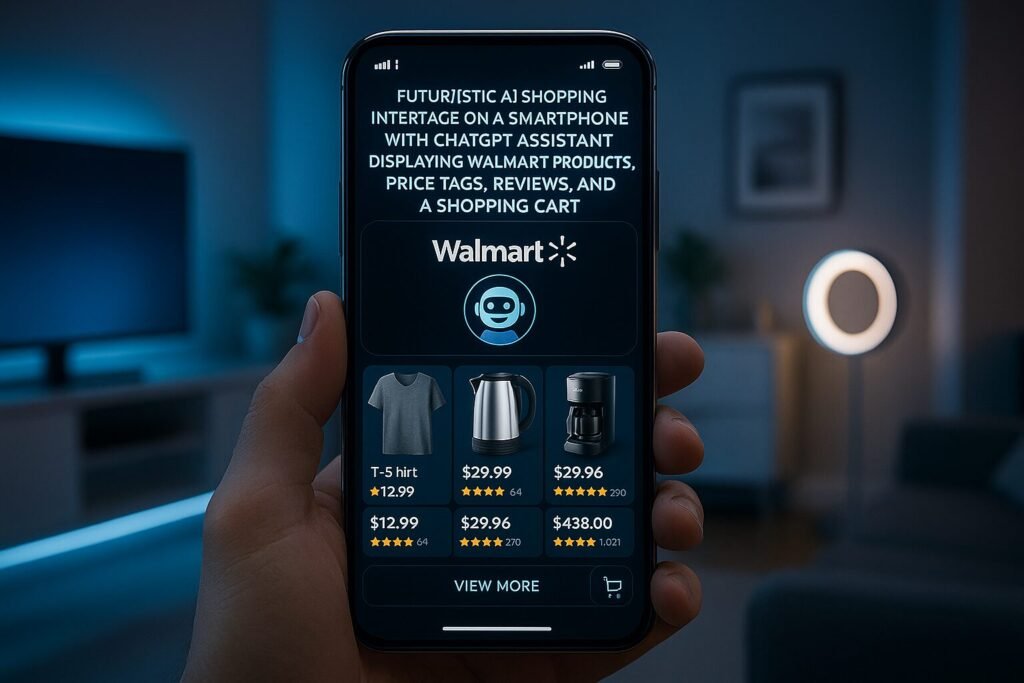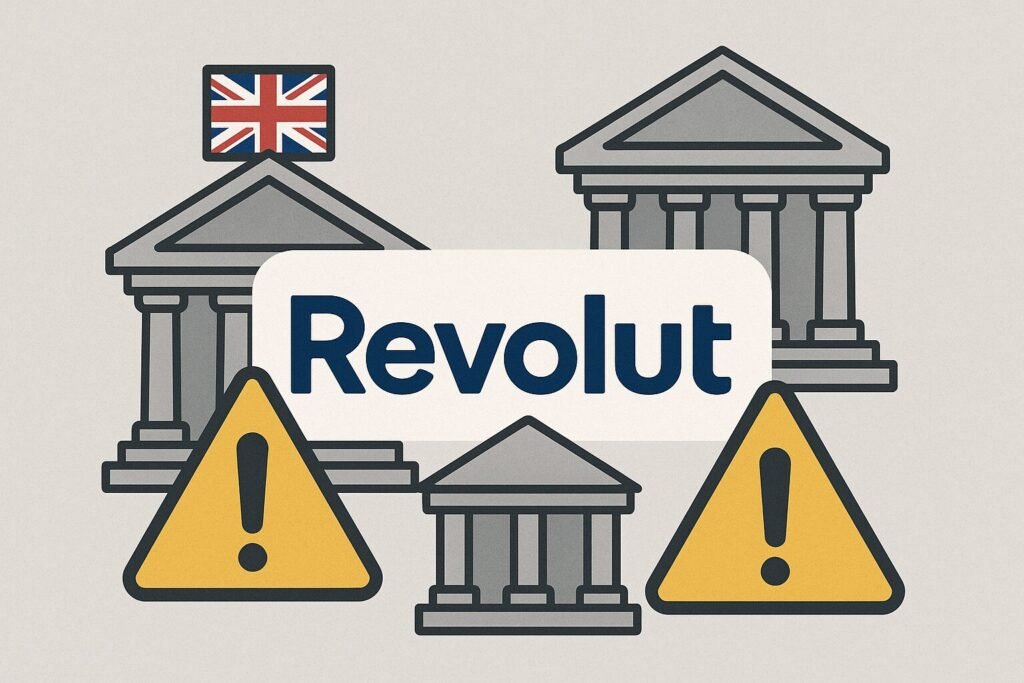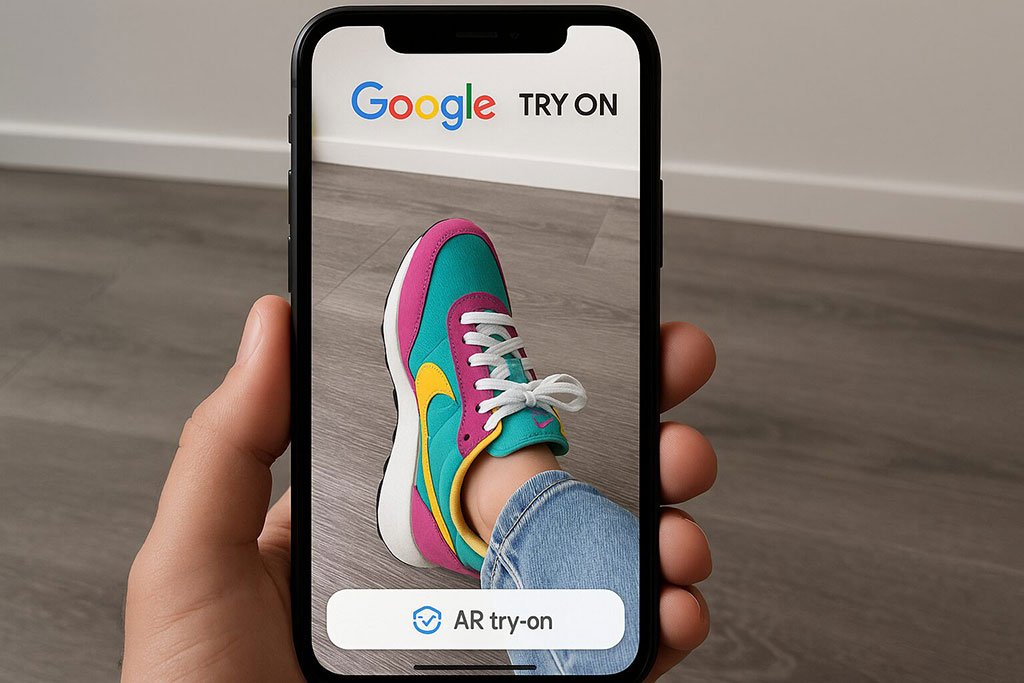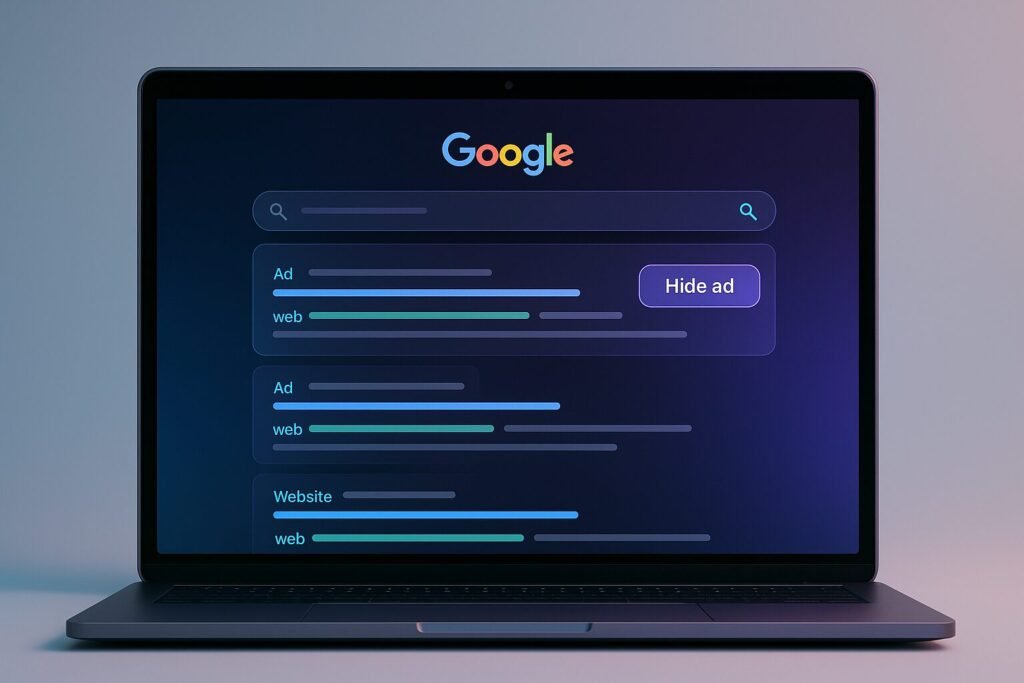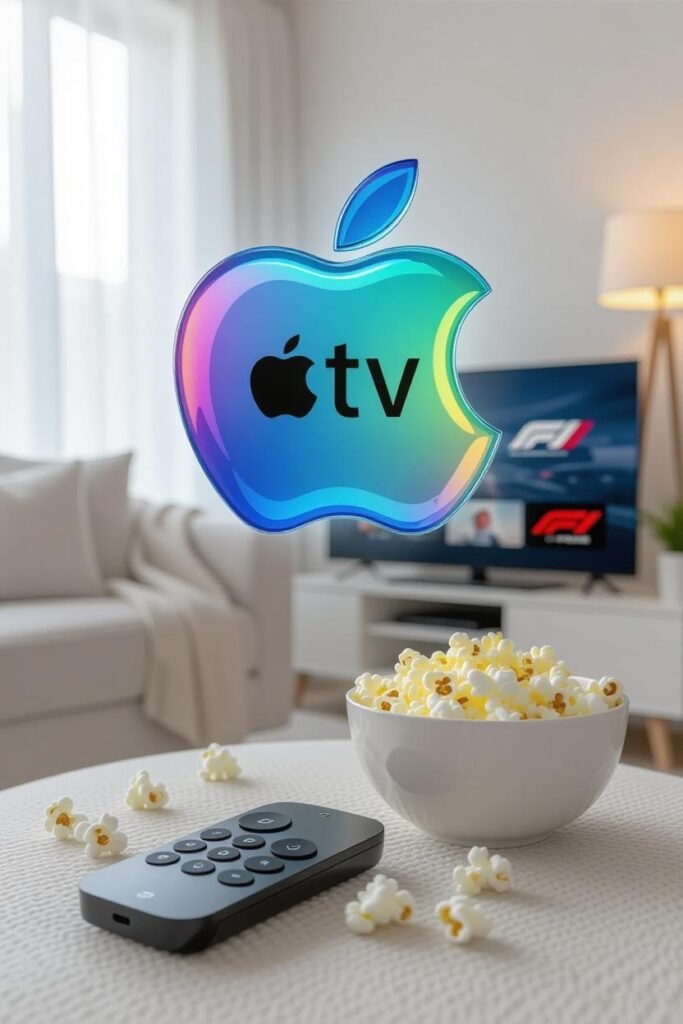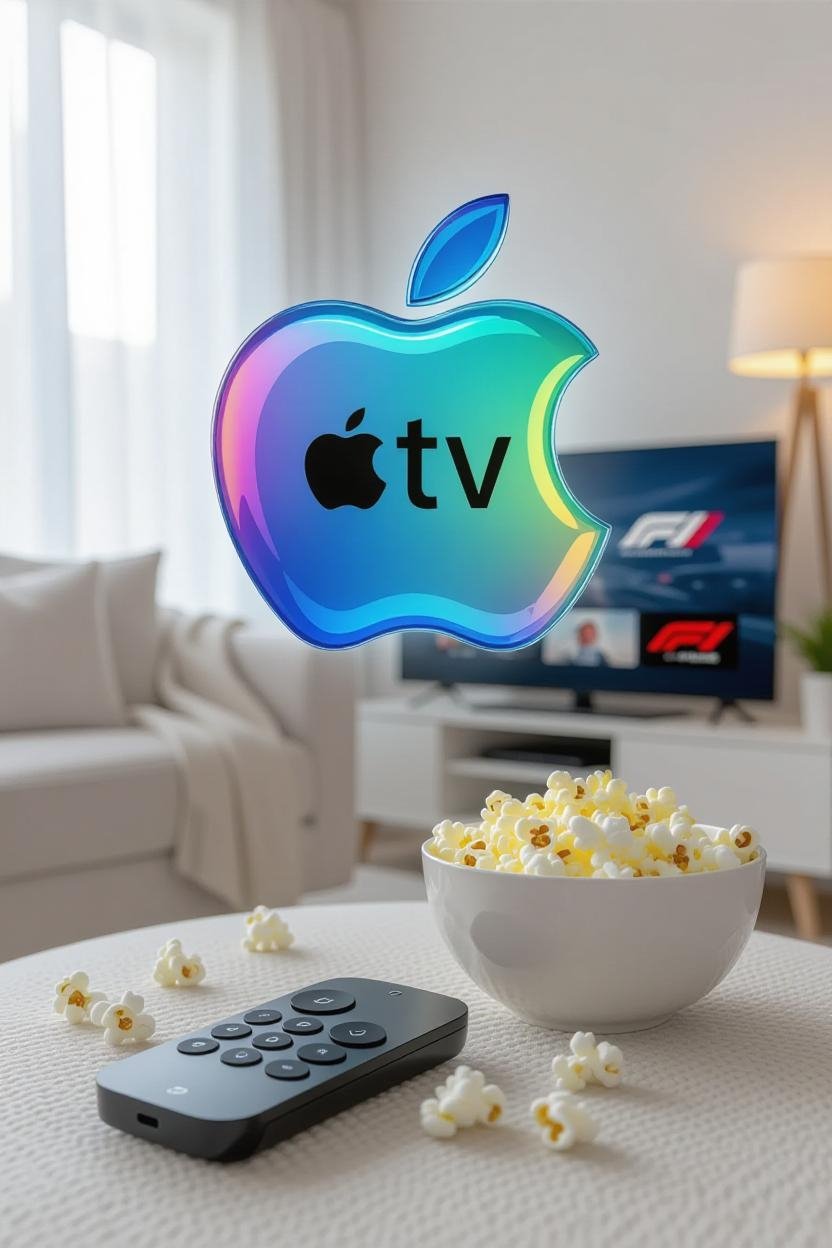Now Reading: Google Introduces a Way to Hide Sponsored Results — With One Catch: You Have to See Them First
-
01
Google Introduces a Way to Hide Sponsored Results — With One Catch: You Have to See Them First
Google Introduces a Way to Hide Sponsored Results — With One Catch: You Have to See Them First
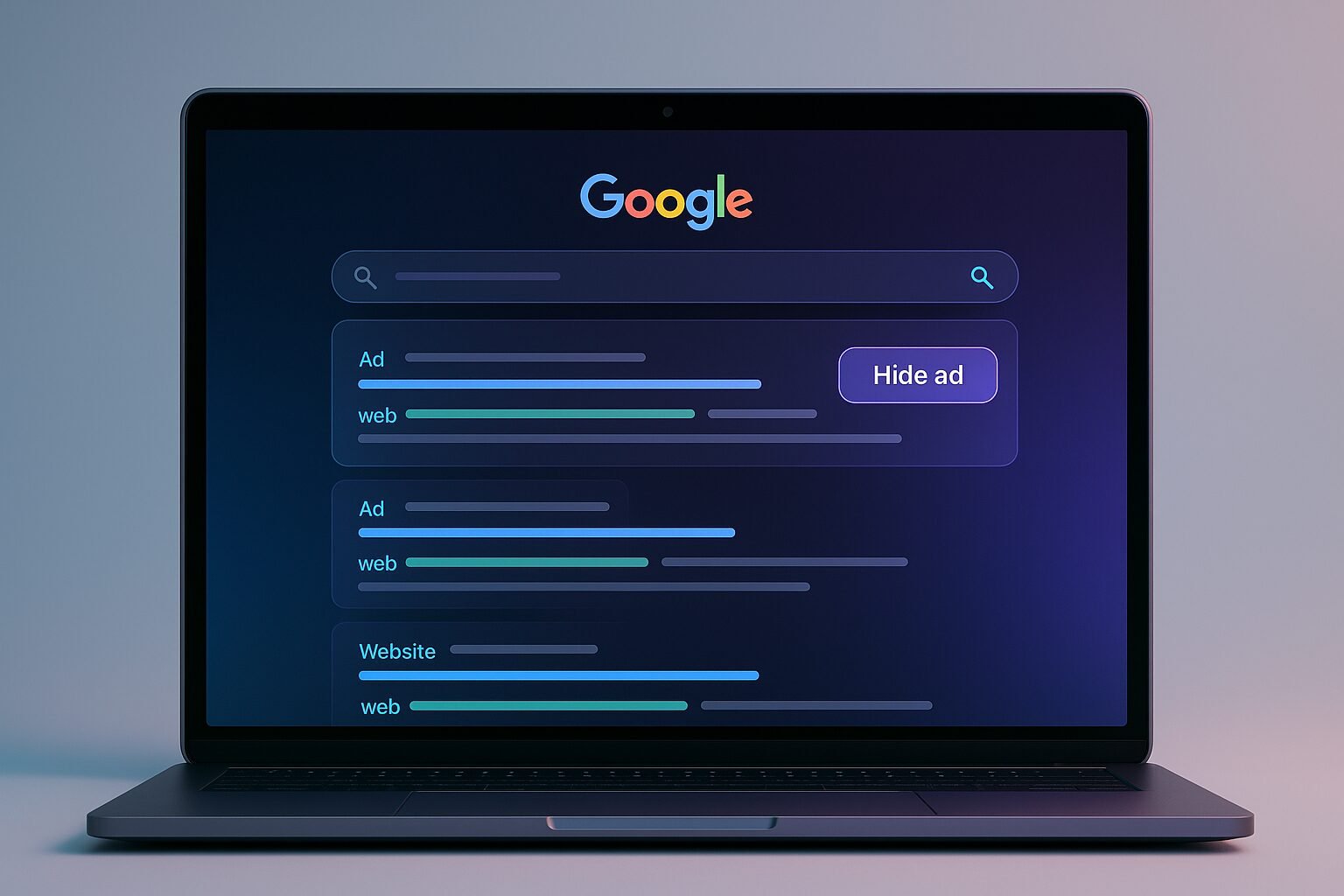
Google has quietly rolled out a new feature that lets users hide sponsored results in search. While the move may seem small at first glance, it reflects a thoughtful approach to user experience and search customization. The twist? You have to see the ad before you can hide it. It’s not a complete ad blocker, but it gives searchers subtle control over the content they see on a daily basis. Let’s unpack what this change means, how it works, and why it matters in the broader landscape of search engines and digital advertising.
How the Feature Works
Sponsored results have always been a staple of Google Search. Typically, these paid listings appear at the top or bottom of search results, labeled with a small “Ad” tag. Google’s new feature introduces a “Hide ad” or “Dismiss” button next to these listings.
Here’s the catch: you can only remove the ad after it appears in your search results. Once you dismiss it, Google remembers your preference for future searches. Over time, this means users will see fewer irrelevant ads, giving the search experience a more personalized touch.
The reasoning behind this design is subtle but clever: it allows advertisers to maintain visibility while giving users incremental control. It’s a compromise between ad revenue and user satisfaction, showing that Google is sensitive to complaints about ad clutter without undermining its core business model.
Why Google Made This Change
The addition of a hide option addresses a common frustration among users: unwanted or irrelevant sponsored content. Many users want to minimize distraction while searching, yet advertising is essential to Google’s revenue stream. By enabling ad dismissal, Google is acknowledging the need for user autonomy in the search experience.
This feature also indirectly encourages advertisers to create more relevant, high-quality campaigns. Ads that fail to resonate can now be hidden by users, which could improve targeting standards and ensure only engaging, valuable content reaches the audience.
What Users Can Expect
The benefits for users are subtle but meaningful:
-
Greater Control: You can now choose which ads to remove from your search results. Over time, this may lead to a cleaner and more relevant feed.
-
No Changes to Organic Results: Organic search listings and featured snippets remain untouched. This ensures that the core functionality of Google Search is unaffected.
-
Gradual Personalization: As the system learns which ads you dismiss, it can serve better-targeted content, reducing irrelevant or repetitive advertisements.
Ultimately, this small feature empowers users without overhauling the search experience they’re familiar with.
What Remains Unchanged
Despite the new option to hide ads, several key aspects of Google Search remain consistent:
-
Ads still appear initially: The feature doesn’t eliminate sponsored content entirely. Ads will show up before they can be hidden.
-
Pricing and subscription models are unaffected: Users will continue to experience Google Search as usual, free of charge.
-
Organic results remain untouched: The search engine’s core utility, its algorithmically ranked results, and featured snippets continue to operate the same way.
This combination of small control with minimal disruption reflects Google’s incremental, editorial approach to product updates.
Implications for Advertisers
For advertisers, this new feature introduces subtle pressure. Ads must now be high-quality, relevant, and engaging. Poorly targeted ads risk being hidden by users, potentially impacting click-through rates and campaign performance.
This change could also shift how advertisers measure engagement. Since the hiding feature affects only certain users, ad performance analytics may need adjustments to account for user-initiated dismissals. At the same time, it incentivizes advertisers to understand their audience better and tailor campaigns more effectively.
Why This Matters
At first glance, the feature may seem like a minor tweak, but it represents a broader trend in digital media: user empowerment. As online experiences become more ad-saturated, giving users small but meaningful choices creates trust and improves engagement.
Google is balancing the interests of users, advertisers, and its own revenue model. By introducing ad hiding selectively, it maintains advertiser visibility while subtly improving the user experience. This is a thoughtful example of how incremental UX changes can create a big impact over time.
FAQs
Q: Can I permanently remove all ads from Google Search?
A: No. Users can only hide specific sponsored results after viewing them; ads are still part of the platform.
Q: Will this change affect organic results?
A: No. Organic listings remain the same and unaffected by this feature.
Q: How do I hide a sponsored result?
A: Click the “Hide ad” or “Dismiss” button next to a sponsored result. Google will remember this preference for future searches.
Q: Does the feature work on mobile and desktop?
A: Yes. Google is rolling it out across all devices, but availability may vary by region.
Q: When will this feature be widely available?
A: Google is gradually testing it, with a phased rollout expected in the coming months.
Google’s new feature to hide sponsored search results — albeit after viewing them — is a small but meaningful step toward more personalized and user-friendly search experiences. It demonstrates Google’s ability to balance advertiser needs with user preferences, offering subtle empowerment without disrupting the core utility of search.
While it won’t eliminate ads entirely, it sets the stage for a cleaner, more relevant search experience over time. For users tired of irrelevant sponsored content, this tweak brings welcome control — all while maintaining the free, ad-supported model that powers Google Search.
Stay informed about the latest in tech, search engines, and digital innovation — subscribe to our newsletter for updates straight to your inbox.
Disclaimer:
All logos, trademarks, and brand names referenced herein remain the property of their respective owners. Content is provided for editorial and informational purposes only. Any AI-generated images or visualizations are illustrative and do not represent official assets or associated brands. Readers should verify details with official sources before making business or investment decisions.




